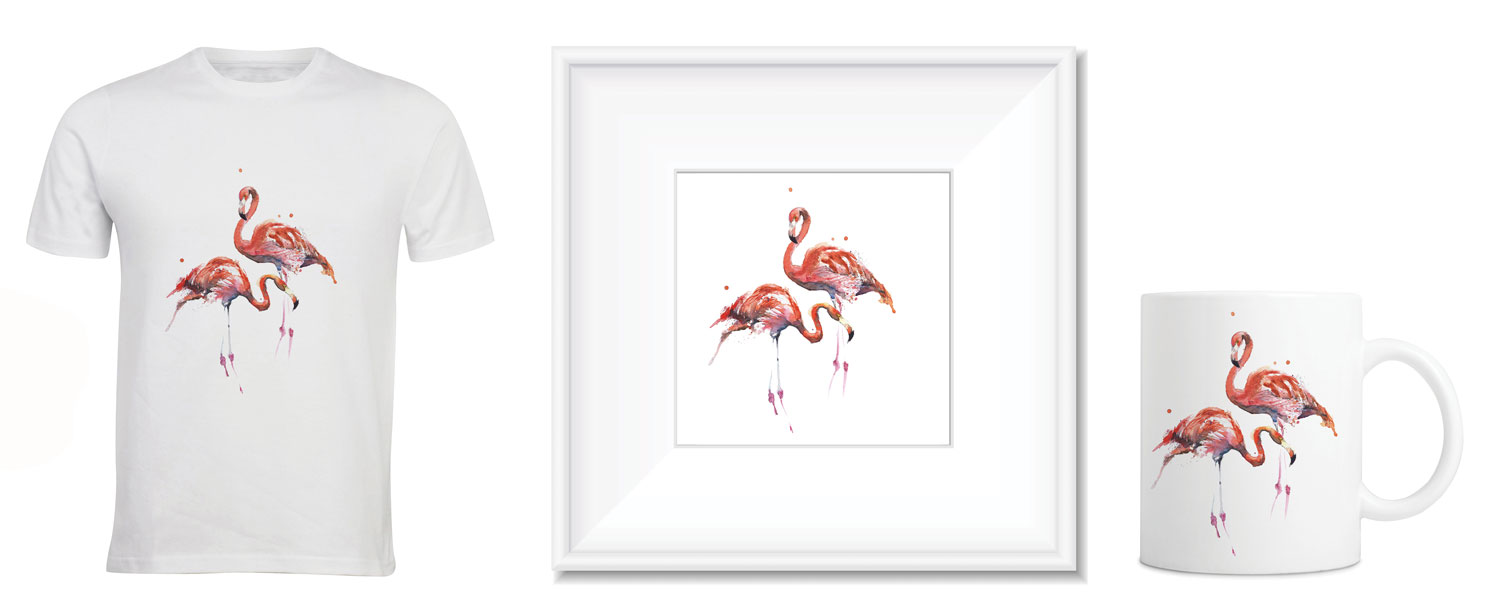Create additional income with your art
“A booming art market has many investors viewing their collections in a new way—as cash machines.” So reported The Wall Street Journal in an article by Andrew Blackman from June 14, 2015. Blackman notes that, with art prices rising, many collectors realize that the value of their art collections has increased substantially. However, collectors have many valid reasons to keep their art rather than sell it if they want to tap into that wealth. A collector may prefer to use the proceeds from a loan, rather than a sale, to purchase additional artwork, raise cash, expand a business, invest in a new business, refinance debt, diversify an investment portfolio, or fund life events, such as a divorce settlement or estate taxes.
Why has the art lending market become so hot? From the art collector’s perspective, numerous reasons exist for borrowing against, rather than selling, art. For example, the sale of art involves significant transaction costs and taxes. The federal long-term capital-gains tax on profit from the sale of art is 28 percent. Adding state and local taxes can result in a total tax bill of 40 percent or more on the gain, depending on the seller’s legal residence. Furthermore, the negative publicity that may result from selling a trophy piece of art, particularly through an auction house, in which the sale is well-known to the public, could lead the collector’s peers to assume that the seller is in financial distress.
Both major banks and smaller specialist lenders offer art-secured loans. Private banks typically offer loans ranging from $1 million to $10 million, with the loans generally not exceeding 50 percent of the appraised value of the art that the seller pledges as collateral. There is sometimes also a minimum value of $100,000 to $200,000 for each piece of art in the collection being pledged. Specialty lenders often deal with loans starting as low as $100,000.
Lenders offer a variety of loan types in today’s market. They can be term loans for as long as 10 years, structured as interest only; partially amortizing or fully amortizing facilities; lines of credit to fund short-term cash needs; revolving-credit facilities to fund recurring cash needs; recourse loans; or nonrecourse loans. In recourse loans, the art serves as collateral for the loan, but the borrower also must give a personal guarantee of repayment. If the borrower defaults and the art that has been pledged as collateral is of insufficient value for the bank to recover the full amount of its loan, then the bank can make a claim on the borrower’s other assets. A nonrecourse loan does not require the borrower’s personal guarantee, and the lender can look only to the art that has been pledged as collateral.
Some banks offer art-secured loans at interest rates of only 2.5 or 3 percent to ultra-high-net-worth collectors, such as hedge-fund manager Steven A. Cohen, whose art collection is reportedly worth an estimated $1 billion. In contrast, some small specialty lenders, such as Borro, can charge interest rates as high as 59 percent on an annualized basis in California and 47 percent in most other states. Most private bank loans are in the high-single-digit to low-double-digit range, however.
Even with these sky-high interest rates, the art-lending market is estimated at $9.6 billion a year, according to the Deloitte Luxembourg and ArtTactic Art & Finance Report from 2014. However, when you consider that global art sales that year were estimated at $63 billion, it is clear that only a small percentage of the art market is taking advantage of the benefits of borrowing against one’s art.
Art lenders have concerns that are specific to art as collateral. For example, the value of art is subjective and may fluctuate to a greater degree than other types of collateral. Art is relatively illiquid, and the provenance and authenticity of art present unique challenges to a lender. To establish provenance, the borrower must provide the lender with proof, such as purchase documents, exhibition history, and sales history, and must state whether any catalogs have included the artwork. Authenticity issues, on the other hand, relate to whether the artist alleged to have created the artwork did in fact do so. Certain types of artwork carry other risks that the lender must consider as well. Art from ancient civilizations faces the possibility that the government of the country of origin will try to recover it. The borrower must convince the lender that he or she is the legal and beneficial owner, that no other ownership claims exist, and that the artwork is not war booty or stolen goods.
In the United States, the lender will secure its interest in the collateral by filing a Uniform Commercial Code (UCC) financing statement, which in effect tells the world that the lender is the holder of the security interest in the artwork. This mechanism is generally not available to lenders in Europe. The lender must file the UCC financing statement in the state of the borrower’s principal residence. If the borrower has multiple residences, it is good practice to file in all such states.
Because the value of art can vary significantly over time, the lender will often claim that it has the right to do an annual appraisal of the art at the borrower’s expense. The loan-to-value ratio usually cannot exceed 50 percent; if the appraisal indicates that the value of the art has declined, then the borrower may have to repay a portion of the loan, reduce the size of a revolving credit facility, or pledge additional collateral to the lender. Generally, the lender will permit the art to remain in the home or warehouse of the borrower. In some circumstances, however, the lender will require that the art be stored in a warehouse, where the lender would have unfettered access to reappraise or seize the art in the event of a default by the borrower. The lender may permit the borrower to loan the art to a third party, such as a museum or gallery, but may insist upon an agreement with the third party establishing the lender’s rights to access or seize the artwork.
Using art as collateral for a variety of loans, while in most cases maintaining the ability to continue to enjoy the art, has great appeal to many art collectors.
Credit:
serazetdinov/Shutterstock







KALA EARLY
1 April
Hello my name is Kala and I have about 40 art pieces and I would like to sell it or use it as a collateral for a loan. I am wondering if you could help with that. Thank you.
Kala Early
natan
12 April
hello kala do you know the value of the art that you have?
you may connect by writing to my email at [email protected]